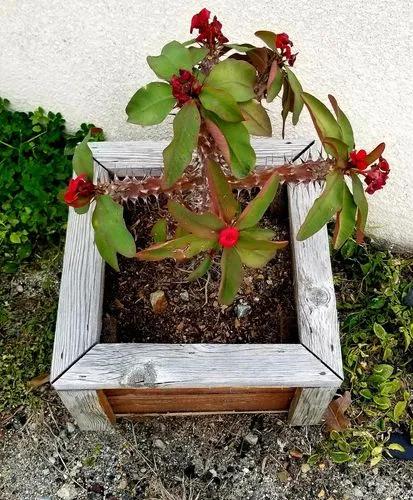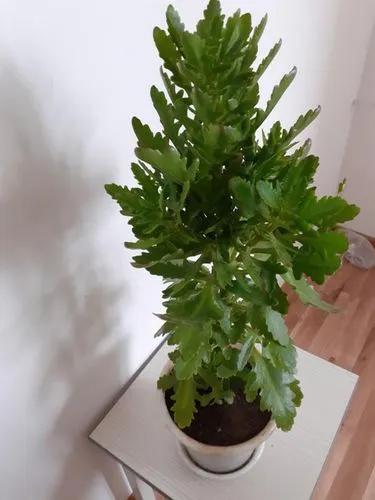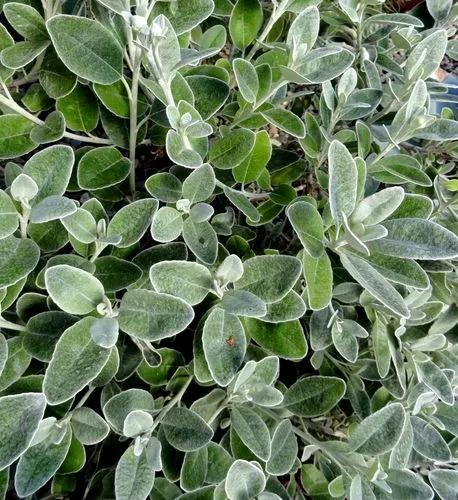Aster amellus is a PERENNIAL growing to 0.7 m (2ft 4in) by 0.5 m (1ft 8in).It is hardy to zone (UK) 5 and is not frost tender. It is in flower from September to October, and the seeds ripen in October. The species is hermaphrodite (has both male and female organs) and is pollinated by Bees, flies, beetles, Lepidoptera (Moths & Butterflies). The plant is self-fertile.Suitable for: light (sandy), medium (loamy) and heavy (clay) soils, prefers well-drained soil and can grow in nutritionally poor soil. Suitable pH: acid, neutral and basic (alkaline) soils. It cannot grow in the shade. It prefers moist soil.
Michaelmas Daisy Care
Aster Amellus



What is the plant
How to Care for the Plant

Water

Keep new plantings moist and continue watering until blooms cease. Appropriate care of aster includes watering at the base and not splashing the foliage. Getting water or fertilizer on the leaves encourages powdery mildew and other fungal diseases.

Pruning

Cut the asters a few inches off the ground in November, before mulching them.

Fertilizer

Fertilize growing asters with a balanced plant food about once a month.
Ease your plant care routine with PlantIn's personalized system.

Sunlight

Plant into a full sun to part sun location in loamy, well-draining soil.

Soil

Grow in moderately fertile, well-drained soil in an open sunny position; thrives in alkaline soil

Popularity

449 people already have this plant 186 people have added this plant to their wishlists
What's wrong with your plant?
Related Plants
Discover more plants with the list below
Popular articles






